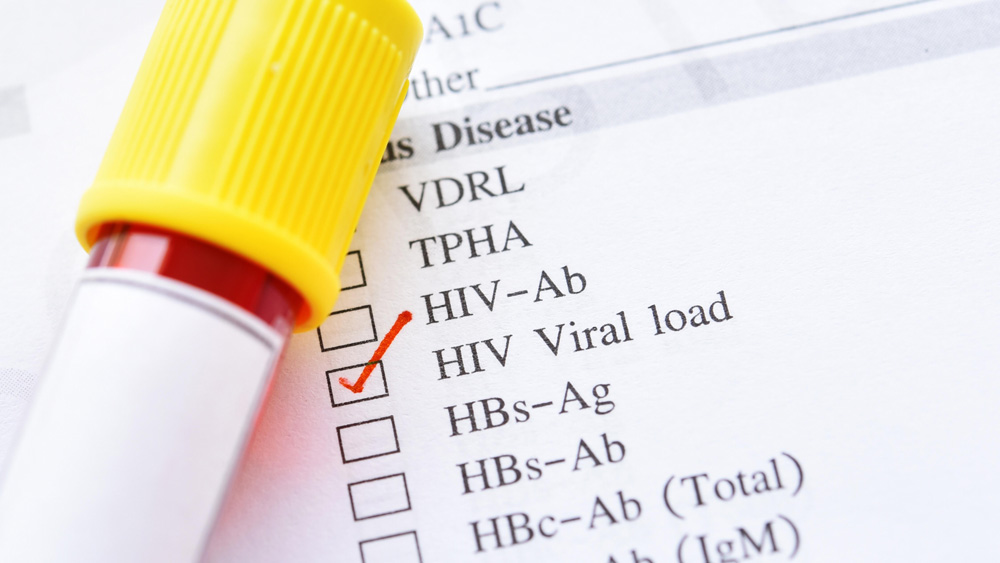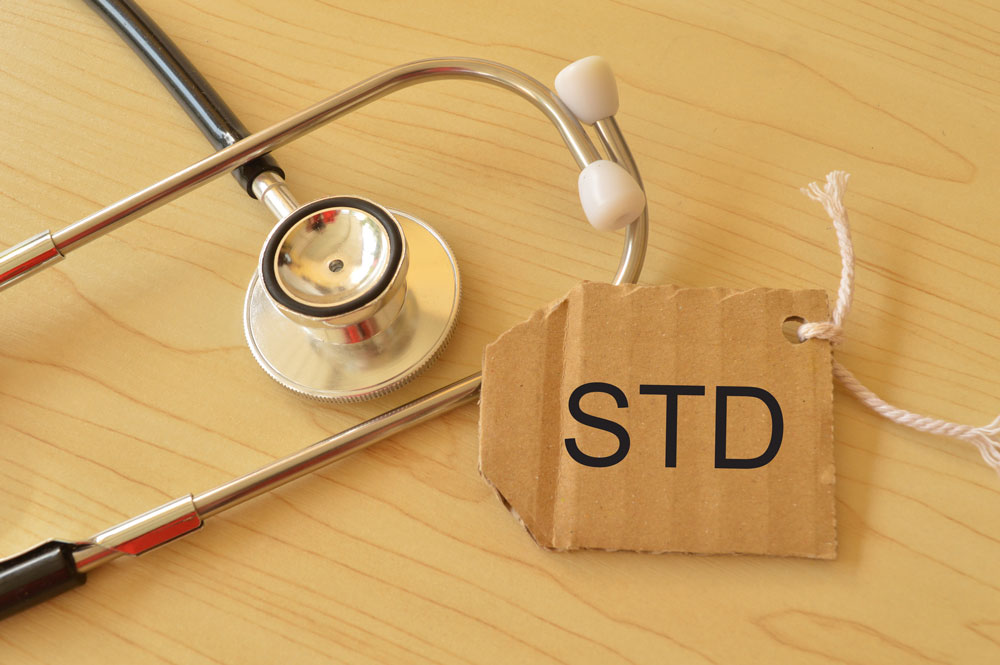In recent years, the terminology surrounding sexually transmitted infections (STIs) and sexually transmitted diseases (STDs) has evolved, which can make you confused.
If you’re experiencing some symptoms, how do you know if it’s an STI or STD?
Understanding the difference between STDs and STIs is crucial for awareness, prevention and treatment.
Here’s everything you need to know about the two, including their various types, symptoms, testing protocols and essential distinctions.
Are STDs and STIs the same?
The terms STI and STD are often used interchangeably, but they signify different stages of infection. If you have an STI, or sexually transmitted infection, this means that there’s a pathogen present in your body. This pathogen may be in the form of:
- Bacteria
- Virus
- Parasite
By definition, STI is a broader and more modern term that shifts the focus towards the infection itself. This acknowledges the full spectrum of infections, including those that may be asymptomatic but still pose a risk of transmission and potential health consequences. STIs may not necessarily result in noticeable symptoms or disease immediately after infection. If you’re asymptomatic, you may unknowingly carry and transmit the infection without exhibiting any outward signs.
However, an infection doesn’t always lead to disease, which means that not all STIs turn into STDs.
If it does, it transforms into an STD or sexually transmitted disease. STD refers to the stage where the infection causes symptoms or illness. Historically, the term “STD” emphasized the disease aspect of these infections, highlighting the presence of symptoms or clinical manifestations.
Types of STIs
There are many kinds of STIs, each caused by different pathogens.
Here’s an overview of some common types of STIs.
Bacterial STIs
- Caused by the bacterium Chlamydia trachomatis, chlamydia is one of the most common bacterial STIs worldwide. If left untreated, chlamydia can lead to complications like pelvic inflammatory disease (PID) and infertility.
- Caused by the bacterium Neisseria gonorrhoeae, gonorrhoea can affect the genitals, rectum and throat. Untreated gonorrhoea can lead to serious complications such as infertility and pelvic inflammatory disease.
Viral STIs
- Human Immunodeficiency Virus (HIV). HIV attacks the immune system and weakens the body’s ability to fight off infections and diseases. It’s transmitted through sexual contact, contaminated blood, or from mother to child during pregnancy, childbirth or breastfeeding. HIV can lead to acquired immunodeficiency syndrome (AIDS) if left untreated.
- Herpes Simplex Virus (HSV). HSV-1 and HSV-2 are two strains of the herpes virus that can cause genital herpes. Symptoms may include painful sores, blisters, and itching in the genital area. HSV-1 is commonly associated with oral herpes (cold sores), while HSV-2 is typically linked to genital herpes.
- Human Papillomavirus (HPV). HPV is a common virus that can infect the genital area, mouth and throat. Some strains of HPV can cause genital warts, while others can lead to cervical, anal, oropharyngeal and other cancers. HPV infections are often asymptomatic, and many people clear the virus without developing symptoms or complications.
- Hepatitis B and C. Hepatitis B and C are viral infections that affect the liver. They’re primarily transmitted through sexual contact, sharing needles or exposure to contaminated blood. Chronic hepatitis B and C infections can lead to liver damage, cirrhosis and liver cancer if left untreated.

Parasitic STIs
One common parasitic STI is trichomoniasis. Caused by the parasite Trichomonas vaginalis, it affects the genital tract and increases the risk of other STIs and complications during pregnancy.
Other STIs
Syphilis is caused by the bacterium Treponema pallidum and progresses through multiple stages if left untreated. Primary syphilis presents with a painless sore (chancre), while secondary syphilis may involve a rash, fever and swollen lymph nodes. Untreated syphilis can lead to serious complications affecting the heart, brain and other organs.
Each STI has its mode of transmission, often through sexual contact, including vaginal, anal and oral sex.
Symptoms
STIs can present a range of symptoms, and the most common ones include:
- Unusual discharge from the penis or vagina
- Pain during urination or intercourse
- Sores, blisters or rashes in the genital area
- Itching and irritation in the genital region
- Flu-like symptoms (especially in the case of HIV)
However, there can also be situations in which you’re asymptomatic, which means that you’re infected but don’t experience any of these or have visible symptoms. Because of this, it’s important to get tested regularly.
When to get tested
The timing of STI testing depends on various factors, including the following:
- Your sexual activity
- Risk factors
- Potential exposure
While testing is needed to manage STIs, consider regular testing if:
- You have new or multiple sexual partners
- You’ve had unprotected sex
- You show symptoms of an STI
- You’re pregnant or planning to become pregnant
- You have been sexually assaulted
- Your partner has an STI
If you’re unsure about when to get tested or which tests are appropriate for you, consult with your healthcare provider for personalized guidance tailored to your needs.
How to test
The specific methods used for STI testing can vary depending on the following:
- The type of infection being screened for
- Your individual risk factors
- Your healthcare provider recommendations
Here’s an overview of testing methods for common STIs.
- Urine tests: Chlamydia and gonorrhoea
- Blood tests: Common for HIV, syphilis, hepatitis B, hepatitis C and sometimes HSV.
- Swab tests: To collect samples from the genitals, throat or anus.
- Physical examination: To check for signs of infection, such as sores.
Your healthcare provider can guide you on the most appropriate tests based on your symptoms and sexual history.
Key takeaway
More than a matter of semantics, understanding the differences between STIs and STDs reflects the progression of infection and the presence of symptoms. While this article points out their differences, it’s also about recognising the importance of regular testing, early detection and treatment.




















































